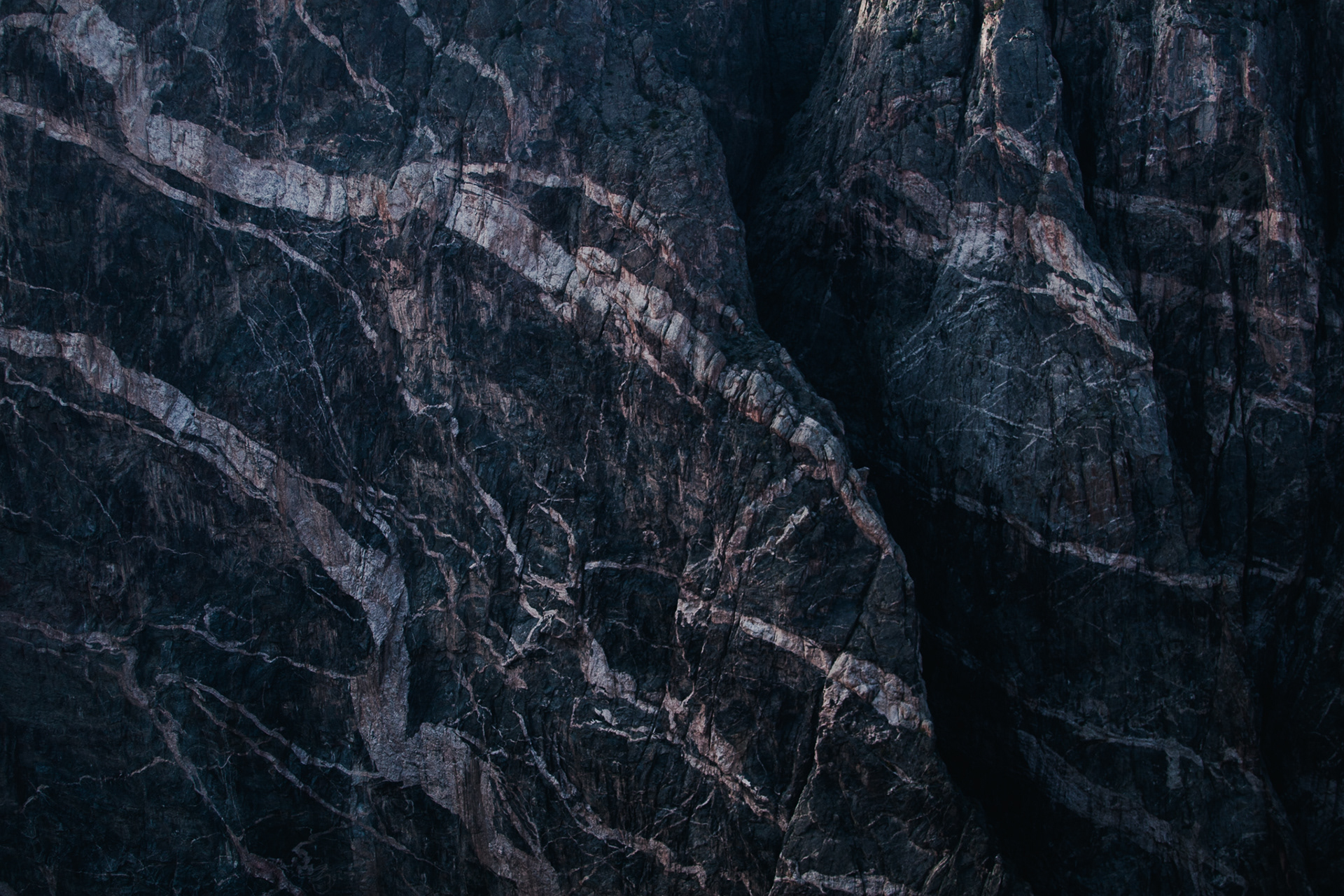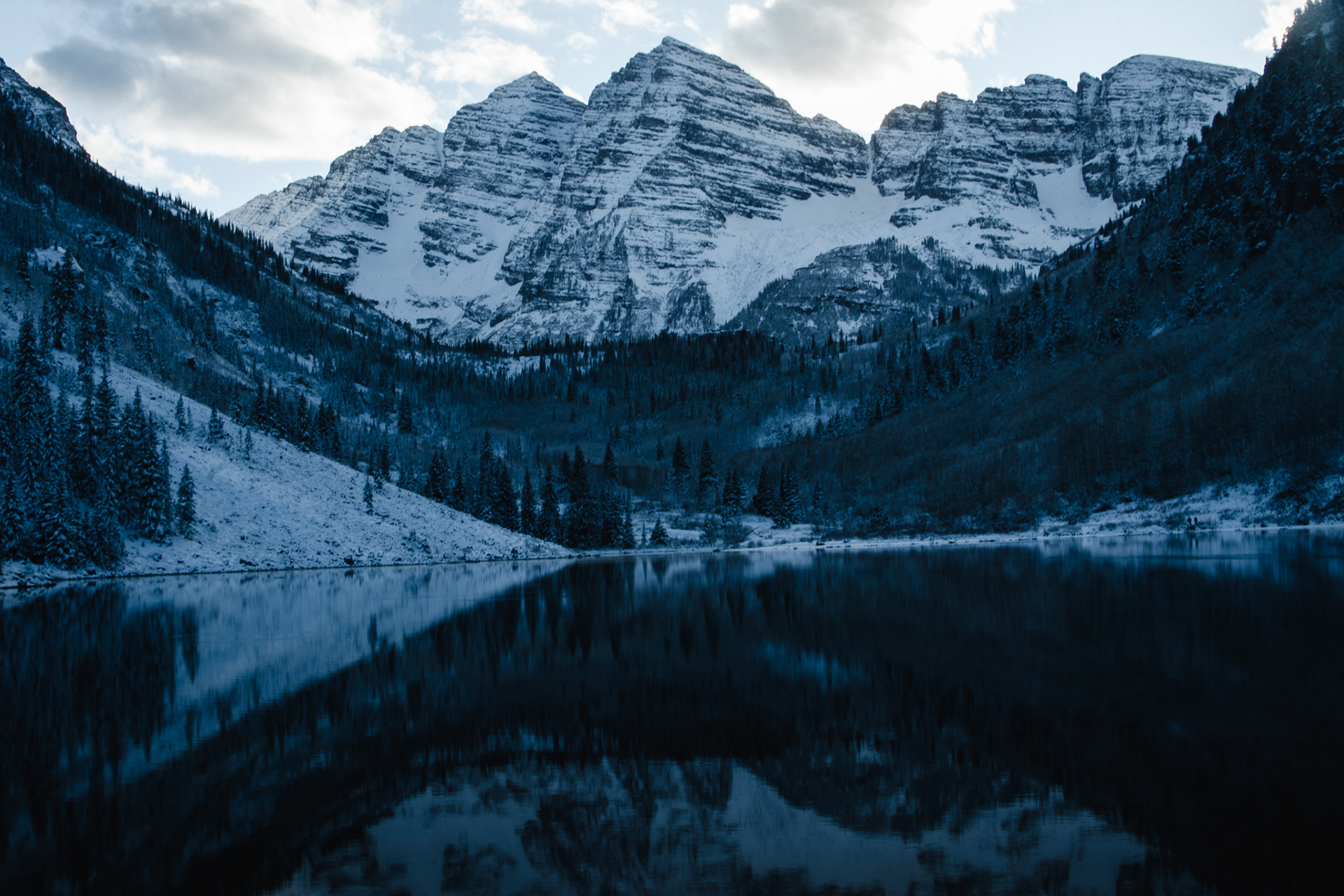NORTHWESTERN FORESTED MOUNTAINS
YELLOWSTONE NATIONAL PARK, WYOMING, USA
- LIFE ON A VOLCANO -
Yellowstone is home to the largest concentration of geysers and other hydrothermal features (hot springs, mudpots, travertine terraces, and fumaroles) in the world. More than half of all geysers on Earth can be found at Yellowstone. Microorganisms (including Bacteria, Archaea, and Viruses) called thermophiles or extremophiles actually live in these hydrothermal features. Individually, they are too small to be seen, but they group together by the billions and often appear as mats of color. They are the cause of the colorful hues found in Yellowstone’s hot springs, and live in nearly boiling water temperatures.
Technically, Yellowstone is a volcano, and its hydrothermal features are heated by the Yellowstone magmatic system. Here, magma is very close to the Earth’s surface. In the last 2.1 million years, Yellowstone has erupted over 80 times; three of these eruptions were massive enough to produce calderas - large cauldron-like hollows that form when a volcano erupts and collapses. The largest of these eruptions ranks among the most monumental volcanic events in recorded history.
Yellowstone Lake is a giant lake whose depths conceal underwater geysers, hot springs, fumaroles, and canyons. Its deepest point is 390 feet, and its waters have reached temperatures of 252°F. The West Thumb portion of the lake was formed by a volcanic eruption that resulted in a caldera. Eventually the caldera filled in with water to create the West Thumb, which means that the West Thumb is technically a caldera within a caldera!
Carved away by the Yellowstone River (the longest undammed river in the continental United States), The Grand Canyon of the Yellowstone reaches a maximum depth of 1,200 feet, and both a 308 and 1,200 foot high waterfall can be found here. Thermal activity exists within the canyon in the form of hot springs and geysers, and the colors in the canyon are also a result of its volcanic rocks effectively oxidizing due to hydrothermal alteration.
Lamar Valley and the eastern side of Yellowstone lies beyond the more renowned Yellowstone Caldera, and has completely different geology than the rest of the park. It is a part of the Absaroka Range, a sub range of the Rocky Mountains, and a remnant of a large volcanic field that was active 50 million years ago, long before the Yellowstone Caldera. More recently, multiple glaciations have sculpted the landscape, with the oldest dating back over a million years, while the most recent glacier retreated some 20,000 years ago. Evidence of glaciation can still be seen in the valley today in the form of huge boulders and kettle ponds.




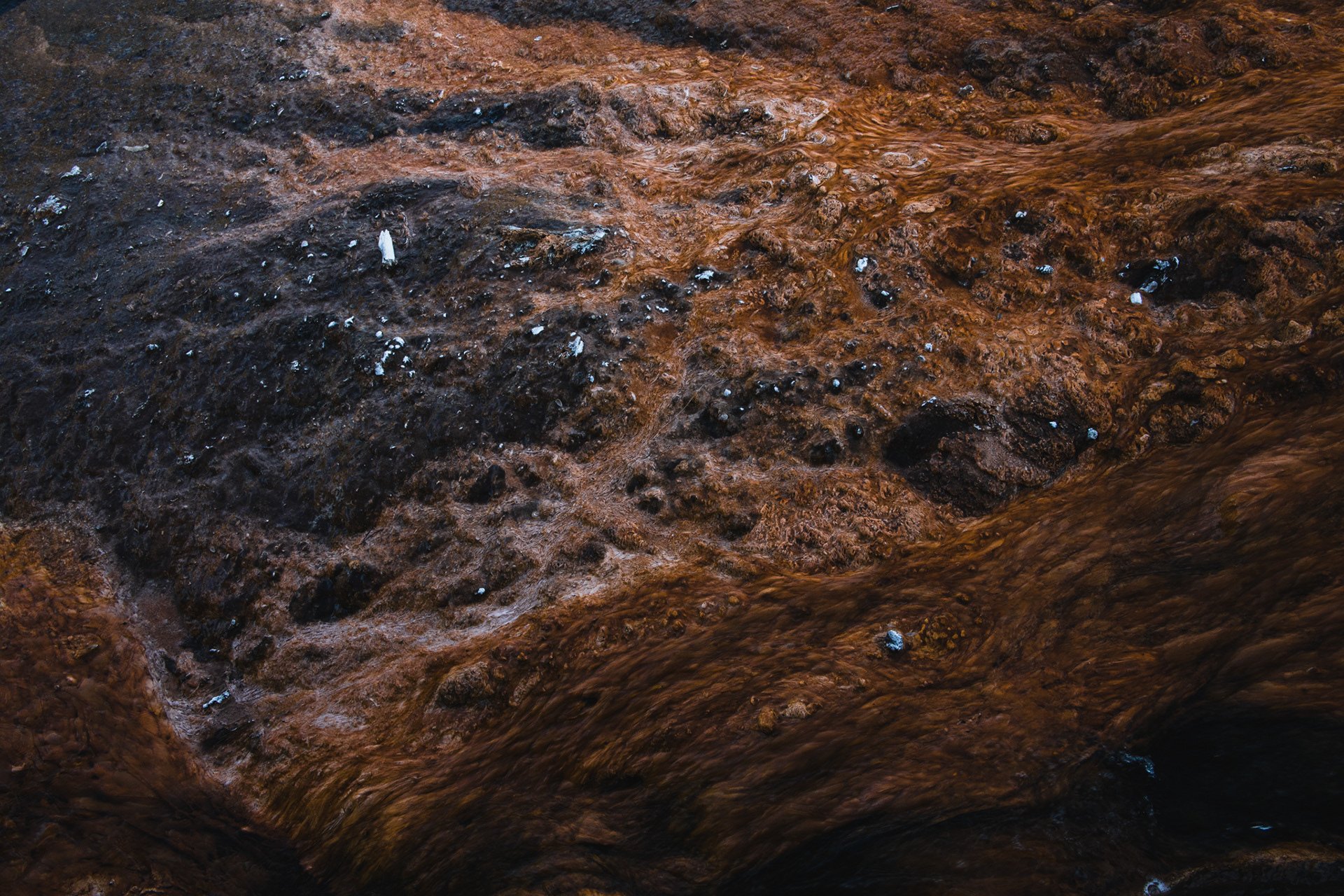







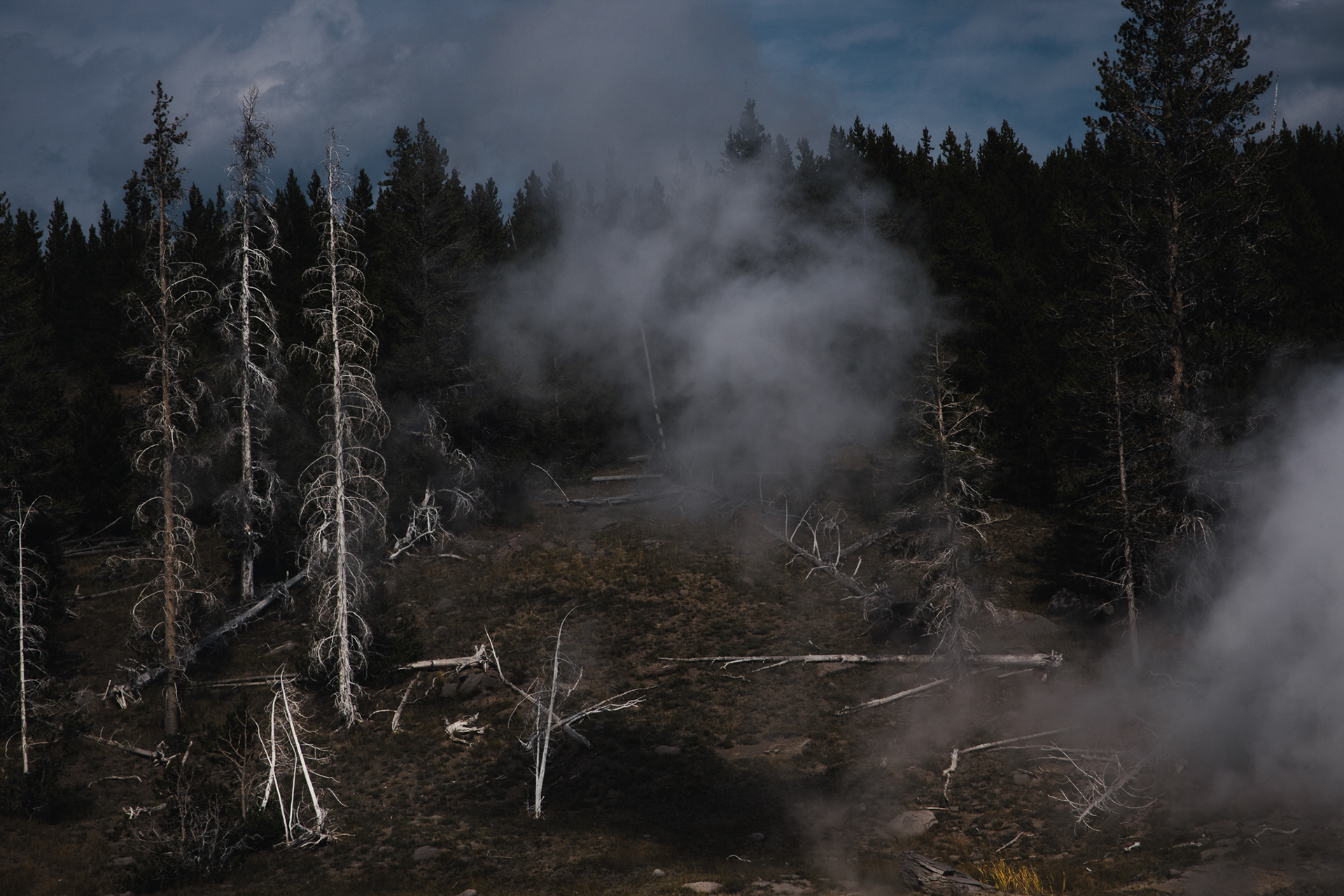

























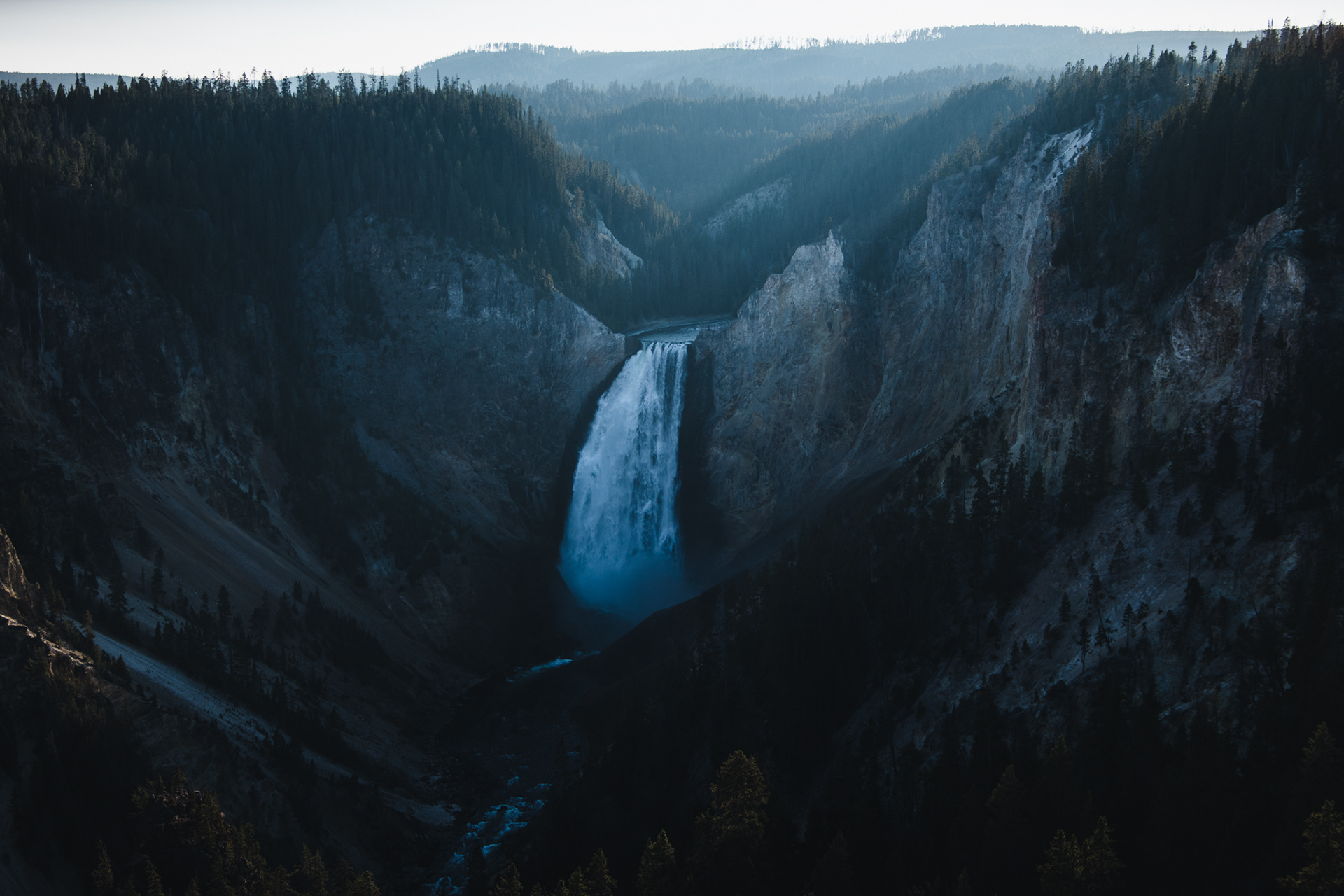










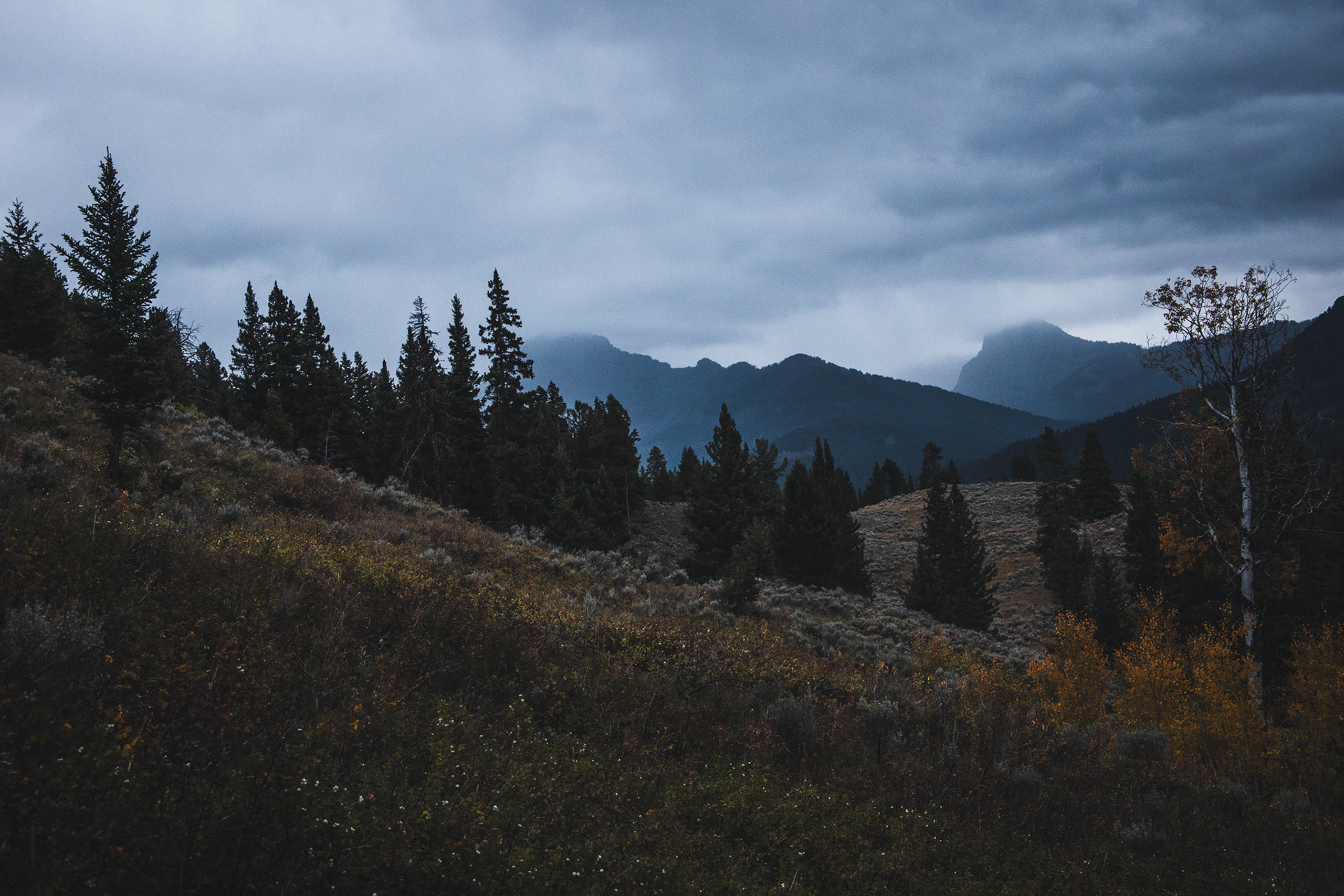




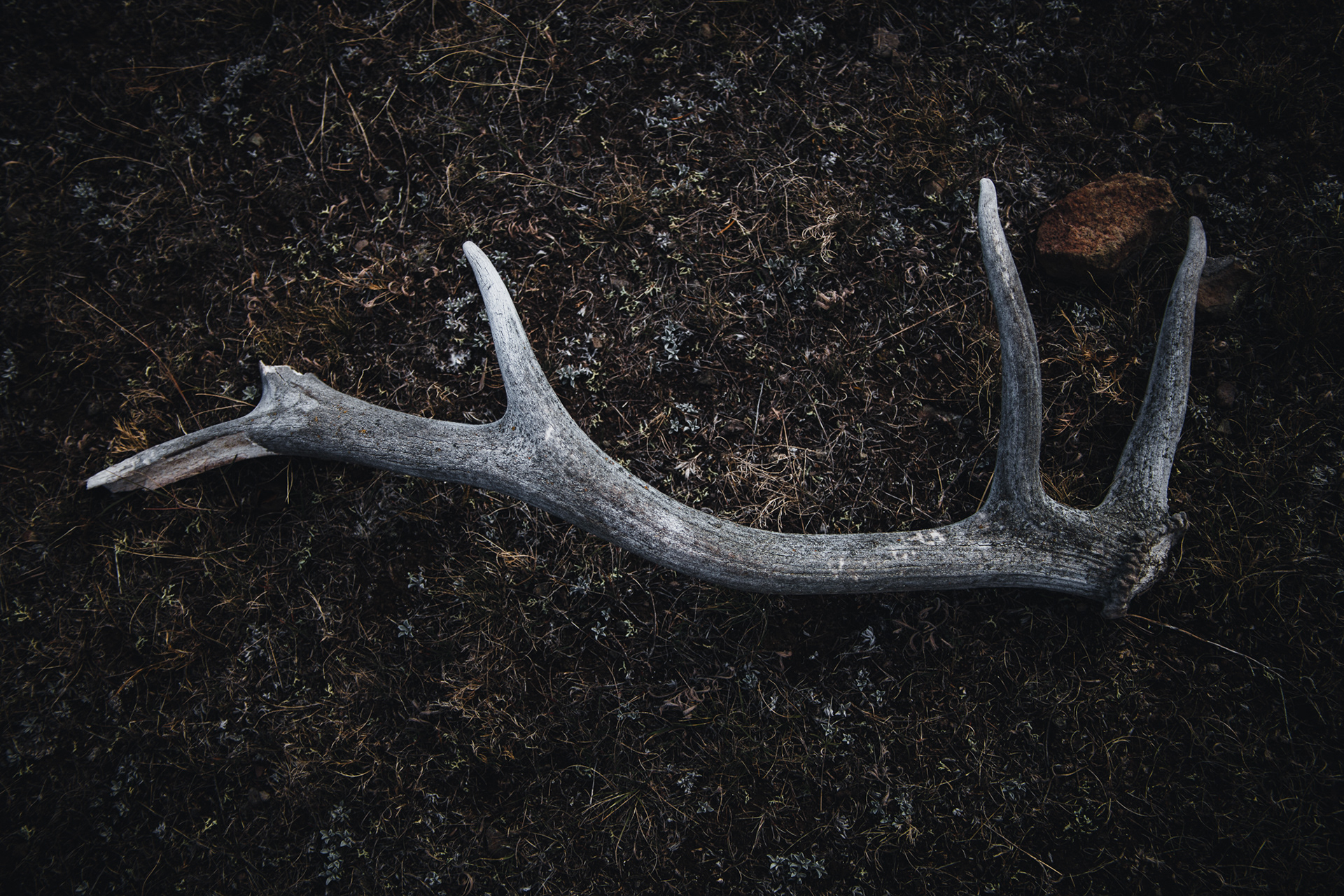

THE BLACK CANYON OF THE GUNNISON & THE MAROON BELLS, COLORADO, USA
- FACES OF THE ROCKIES -
THE Black Canyon of the Gunnison is a geological marvel, with its sheer cliffs revealing nearly two billion years of Earth's history. Carved by the relentless force of the Gunnison River, the canyon exposes ancient rock layers, including metamorphic and igneous formations that date back 1.7 billion years to the Precambrian era, making them among the oldest exposed rocks in North America and even the world. With a maximum depth of 2,722 feet, it is also one of the deepest, steepest, and narrowest canyons in North America.
The Elk Mountains are a sub-range of the Rocky Mountains located in the Maroon Bells-Snowmass Wilderness within the White River National Forest. The two most iconic peaks in this range, the Maroon Bells, stand at an impressive 14,163 and 14,019 feet above sea level. Unlike most mountains in the Rockies, which are primarily composed of granite and limestone, the Bells consist mostly of sedimentary rock, including shale. This geological composition gives the Bells their distinctive maroon color. Being a softer stone, shale tends to fracture and break relatively easily, contributing to the jagged peaks and rugged ridgelines characteristic of the Maroon Bells.

